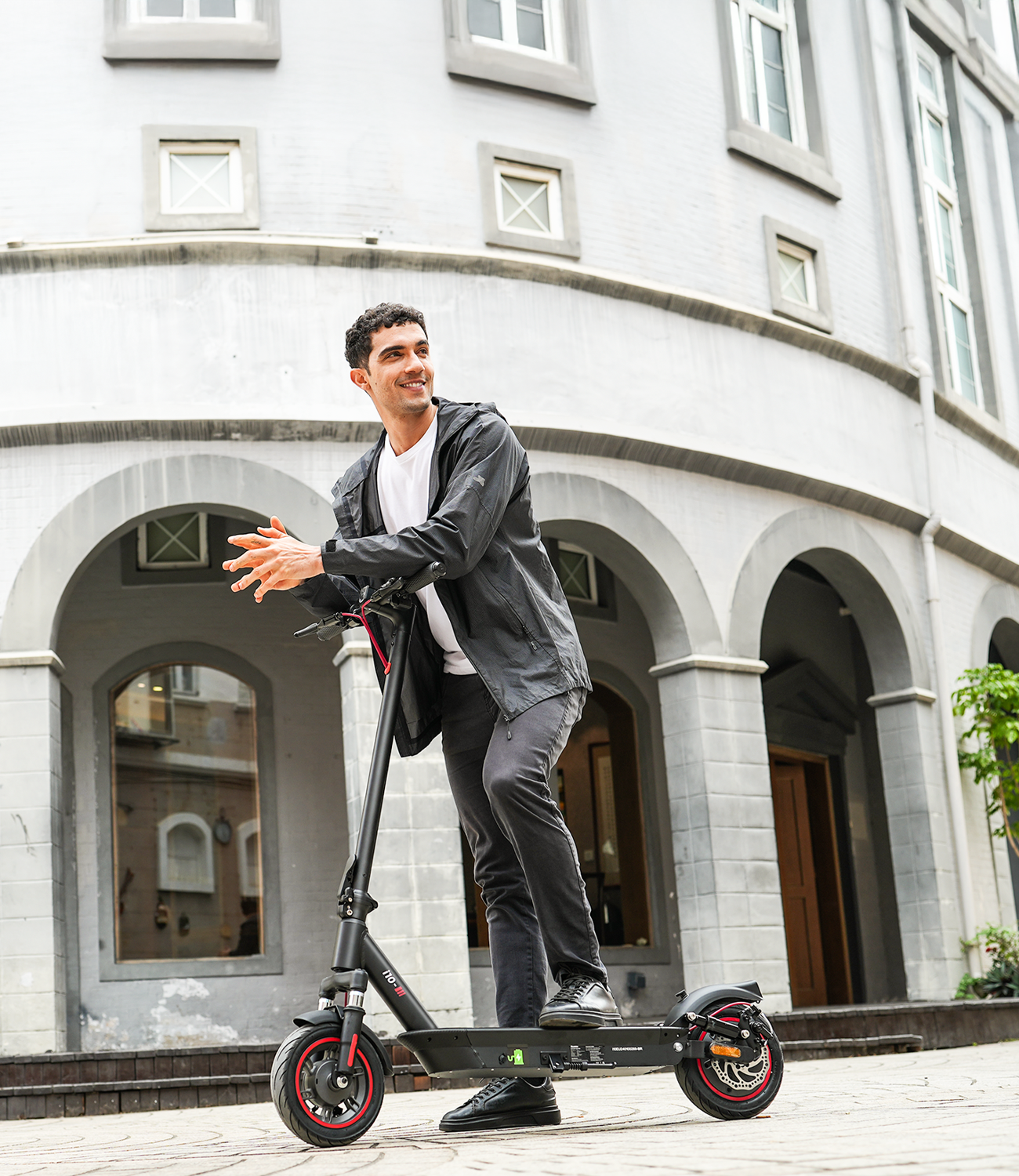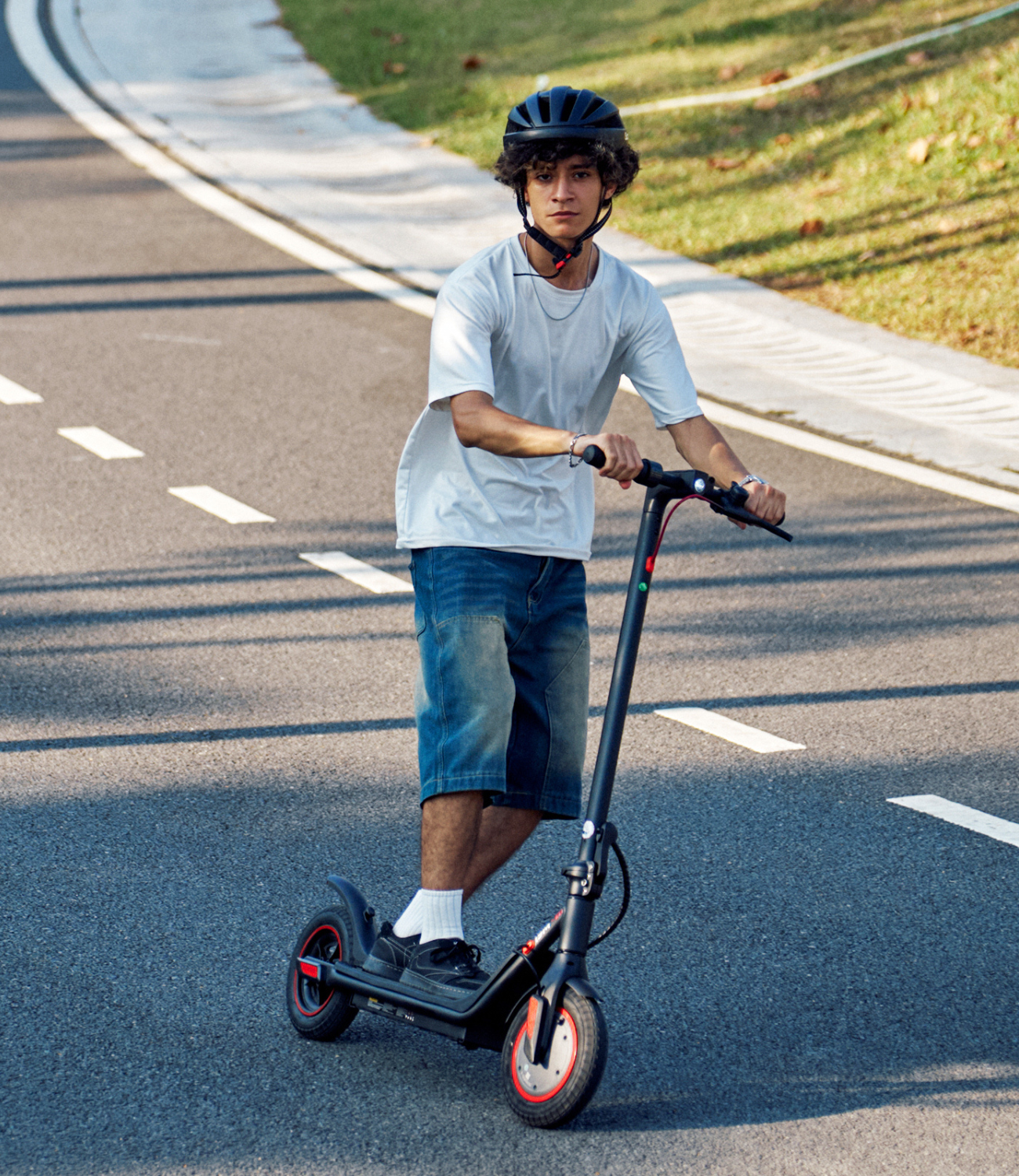Is an Electric Scooter Worth It in 2025? 5 Reasons to Buy
Imagine this: it’s Monday morning, traffic is crawling, and your usual bus or rideshare is delayed. Now picture yourself gliding past all that congestion on a compact electric scooter, arriving on time, stress-free, without worrying about parking. Sounds pretty great, right? But is owning an electric scooter really worth it? Let’s break it down.

1. Upfront Cost vs. Long-Term Savings
Electric scooters in 2025 typically cost $200–$1,000, depending on speed, battery, and build quality. Over time, they’re often cheaper and way more convenient than other options:
| Transport Option | Typical Cost | Downsides |
| Public Transit | $60–$150/month | Crowded, delays, limited routes—not exactly stress-free |
| Car | ~$1,024/month (AAA 2024) | Traffic jams, expensive parking, high emissions |
| Bicycle | $300–$1,000 upfront | Can be tiring for long rides, weather-dependent |
| E-bike | $800–$3,000 | Heavy, harder to store |
A $600 electric scooter could pay for itself in just 6–10 months by replacing daily transit or rideshare rides. If you’re looking for an electric scooter for city commuting, models like i9M—lightweight, foldable, and built for quick city commutes—are perfect for zipping through traffic and storing easily at home or office.
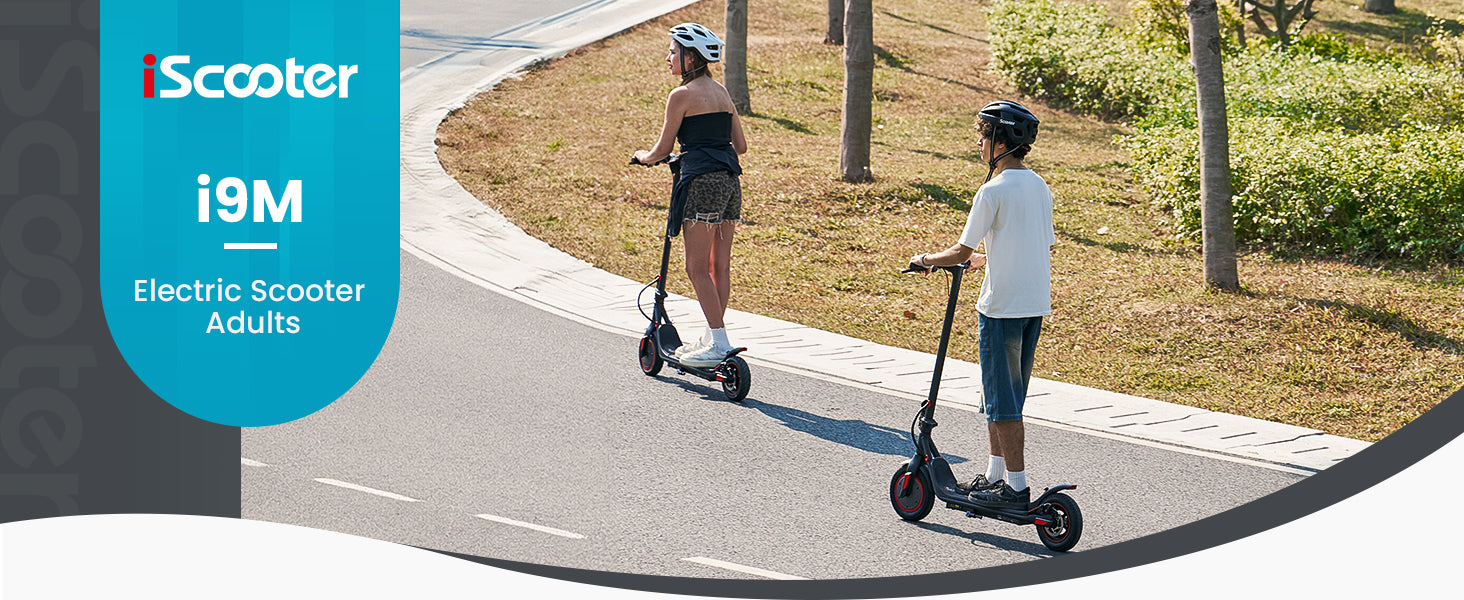
(i9M)
2. Cut Expenses, Cut Hassle
Owning an electric scooter helps you avoid a lot of ongoing expenses and keeps maintenance simple:
- No fuel costs. Charging an electric scooter costs less than $0.30 per full charge (for a 315Wh battery, five times per week).
- No parking fees. Even in busy cities, daily parking can run $5–$40+.
No mandatory insurance in most states (always verify local rules). - No surge pricing or out-of-zone fees. Unlike rideshare apps, electric scooters don’t hit you with hidden charges.
- Low maintenance. You just need to check tire pressure, adjust brakes, and care for your battery. Annual upkeep usually stays under $50–$100, and most tasks you can handle at home.
That means less stress and more savings. The i10, which is smooth-riding, stylish and designed for everyday city travel, makes commuting easy and enjoyable.
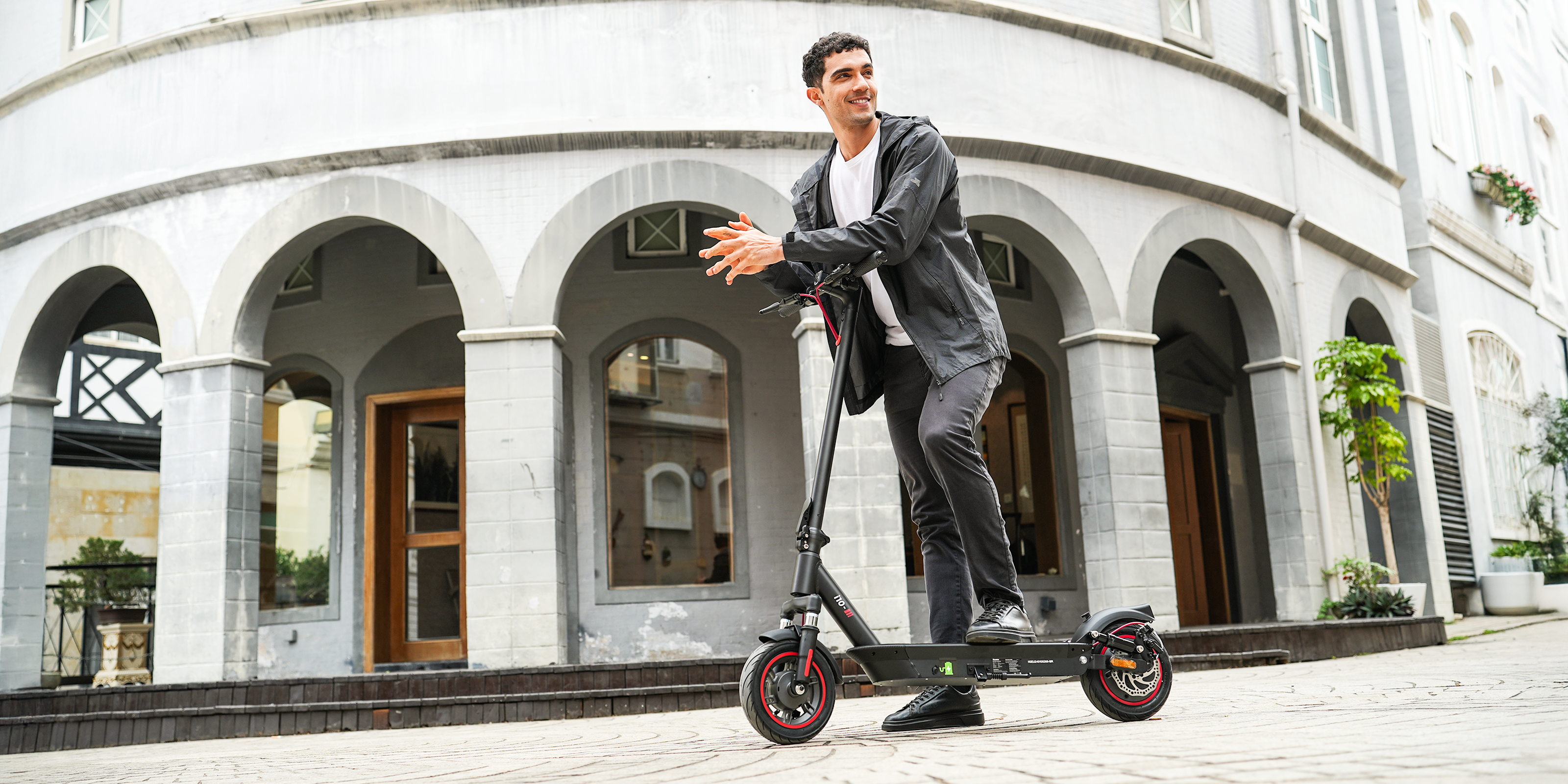
(i10)
3. Time-Saving
Time is money, and electric scooters save plenty of both:
- Skip waiting for buses, trains, or rideshares
- Bypass traffic jams
- Save 15-30 minutes daily = 7.5-15 extra days per year. That’s a free vacation!
They’re especially handy for the “last mile”, the distance between your home or office and the nearest transit hub. The i10 Pro is faster and has an extended range, which ensures your commute is smoother and quicker than ever.
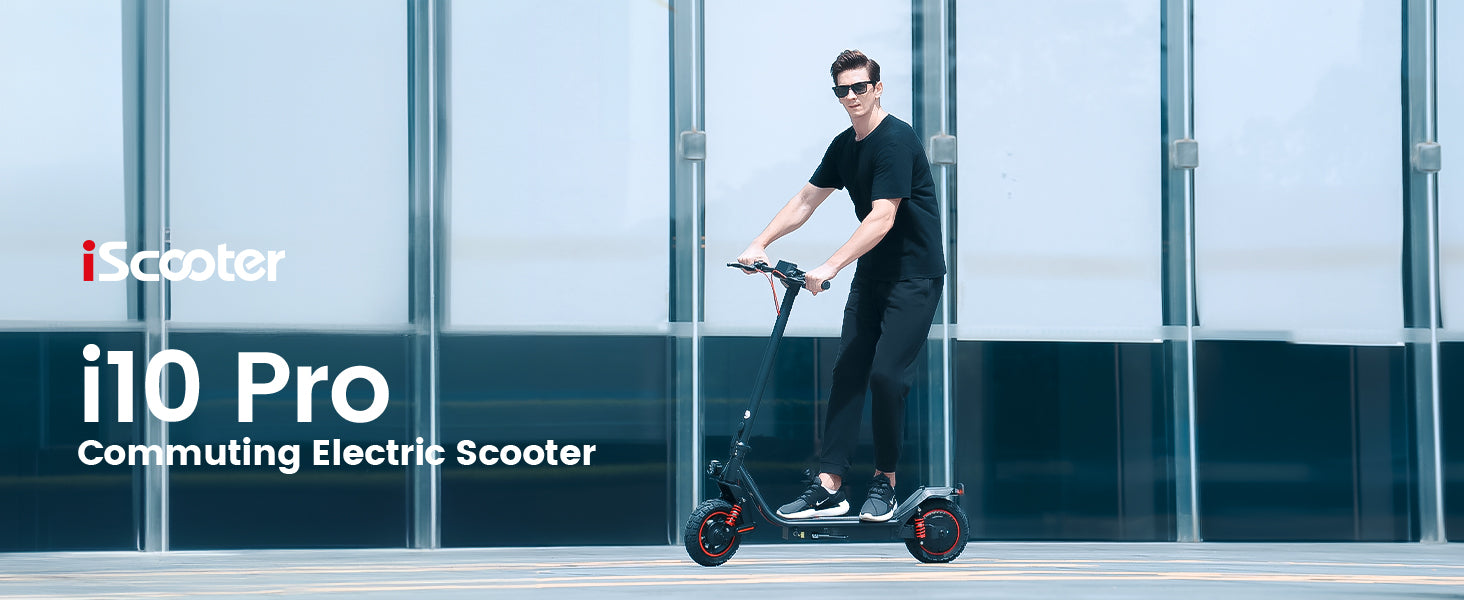
(i10 Pro)
4. Green and Eco-Friendly
Electric scooters are greener alternatives to traditional transport:
- Zero tailpipe emissions = cleaner air
- Smaller manufacturing footprint than cars
- Electricity is increasingly sourced from renewables
Replacing short car trips with an electric scooter can reduce CO₂ emissions by 60–80% for that distance. The iX3 is powerful and built for longer rides, offering eco-friendly performance without sacrificing fun.
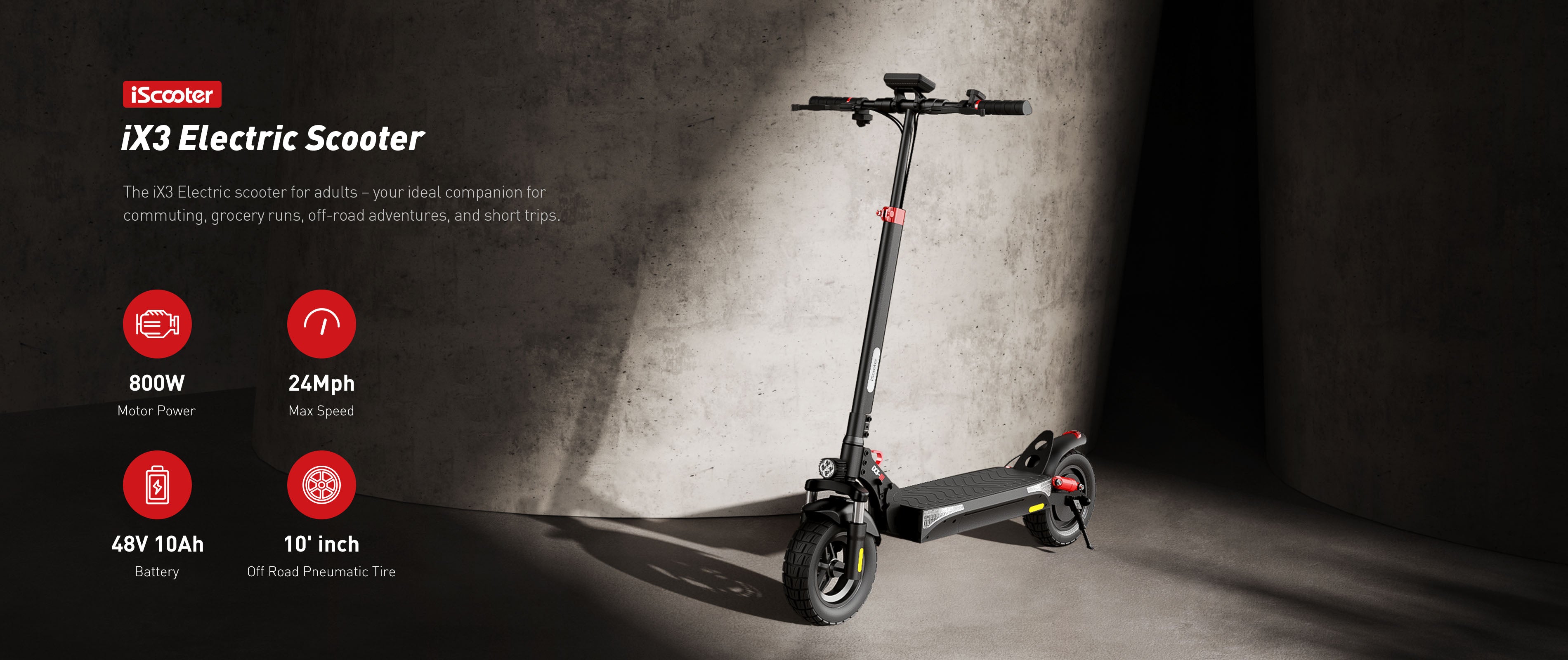
(iX3)
One Conclusion If you:
- Commute 3–15 miles per day
- Spend $60 or more per month on other transport
- Value time, convenience, and environmental impact
Then an electric scooter isn’t just worth it; it can upgrade your daily life.
In 2025, the choice is less about if you should get one and more about which electric scooter fits your needs best. With rising transport costs, now is the perfect time to grab an iScooter that is convenient, stylish, and full of personality.
iScooter is running a limited-time sale, so you can upgrade your commute while saving big. Ready to skip the traffic and start saving? Check out the iScooter for best electric scooter 2025, and transform your daily ride.
Remember to choose a reliable model, wear a helmet, and follow local riding regulations before hitting the road. iScooter makes your move!
























